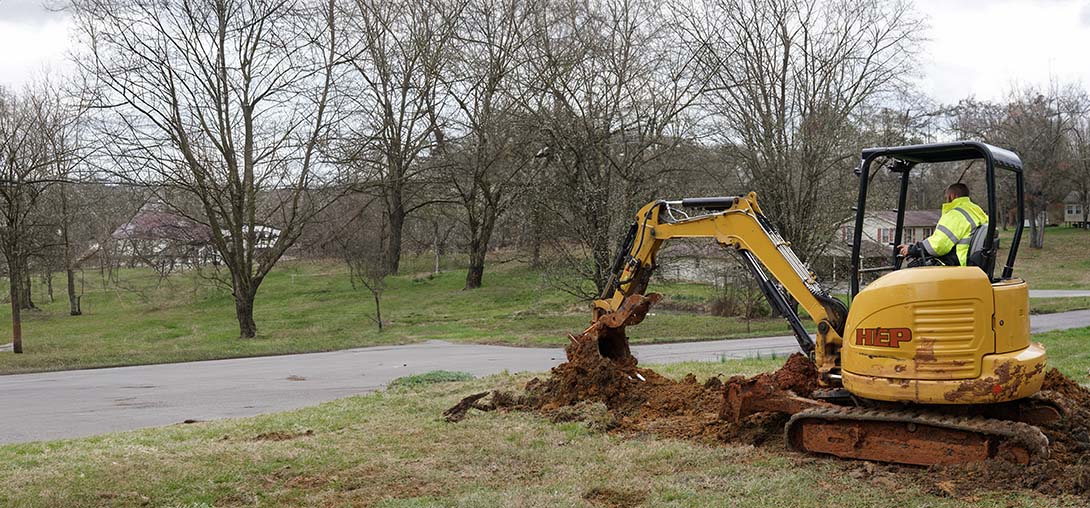

Seasoned Professionals
Your trusted partner for professional home services. Quality workmanship, guaranteed satisfaction.




- HEP
- Seasoned Professionals
Seasoned Professionals | Main Line Issues | Plumbing | New Tazewell
When gurgling drains, sewage odors, or soggy patches in the yard start making daily life unpleasant, chances are you’re facing main line issues. HEP’s seasoned professionals bring decades of plumbing expertise to New Tazewell, combining state-of-the-art camera inspections, hydro-jetting, and precise repairs to restore the heartbeat of your home’s plumbing system. We arrive fast, explain every option in plain English, and treat your property with the respect it deserves—because as a local, employee-owned company, your peace of mind is our reputation.
From preventative maintenance to 24/7 emergency responses, we tailor solutions that last, backed by transparent pricing and rock-solid warranties. Whether you’re a homeowner or a business, let HEP clear the way so you can get back to life without the worry of hidden leaks or surprise backups. Call today and see why New Tazewell trusts us to keep the water flowing smoothly.
FAQs
What warning signs should New Tazewell homeowners watch for that signal a main sewer line problem?
Common red flags include multiple fixtures draining slowly at the same time, gurgling noises when you flush a toilet or run a sink, sewage odors inside or outside, water or waste backing up in tubs or floor drains, and unusually lush or sunken spots in the yard above the line. Because most homes in New Tazewell tie into clay or cast-iron mains that are decades old, any of these symptoms should be checked quickly to prevent a full blockage or collapse.
What are the most frequent causes of main line blockages or breaks in the New Tazewell area?
Tree-root intrusion tops the list—the region’s abundant maples, oaks, and evergreens naturally seek out moisture in the clay soil and invade joints in older pipes. Other common culprits include congealed cooking grease, excessive toilet paper or “flushable” wipes, mineral scale from our moderately hard water, and pipe deterioration from age or ground movement during freeze–thaw cycles. In rural parts of Claiborne County, heavy vehicle traffic over shallow mains can also crack or crush the line.
How do seasoned professionals accurately diagnose a main line issue?
We start with a high-resolution video camera inspection fed through the clean-out to visually locate cracks, roots, or bellies. The footage is paired with a sonar-based locator on the surface to mark the exact depth and position of the problem, minimizing unnecessary digging. If flow testing is needed, we perform a hydrostatic pressure test to confirm whether the pipe is leaking. These tools let us present clear repair options and an upfront cost estimate before any ground is disturbed.
Will my yard have to be excavated to repair a damaged main line?
Not always. For minor cracks or root infiltration, trenchless solutions such as hydro-jetting followed by epoxy pipe lining (CIPP) can restore the interior of the pipe without open-cut excavation. If the pipe is severely collapsed, pipe bursting can replace the old line by pulling a new HDPE pipe through the existing path, requiring only two small access pits. We resort to full trench excavation only when the pipe’s condition, depth, or nearby utilities make trenchless repair unsafe or impossible.
How long does a typical main line repair or replacement take in New Tazewell?
After the initial inspection, a straightforward trenchless lining job can often be completed in one day. Pipe bursting or spot repairs that need limited digging typically take one to two days. Full excavation and replacement of 40–60 feet of pipe may require three to five working days, depending on depth, soil conditions, and weather. We handle all permitting with the City of New Tazewell and Claiborne County so there are no delays on your end.
What preventive maintenance can I do to avoid future main line problems?
Schedule a professional camera inspection every 18–24 months—small root intrusions or scale can be removed before they become blockages. Avoid flushing wipes, feminine products, paper towels, or large quantities of grease. If your property has mature trees within 10 feet of the sewer line, consider annual foaming root treatments. Finally, install a backwater valve to protect your home from municipal sewer surges during heavy rains—a common issue with the hilltop drainage patterns in our area.